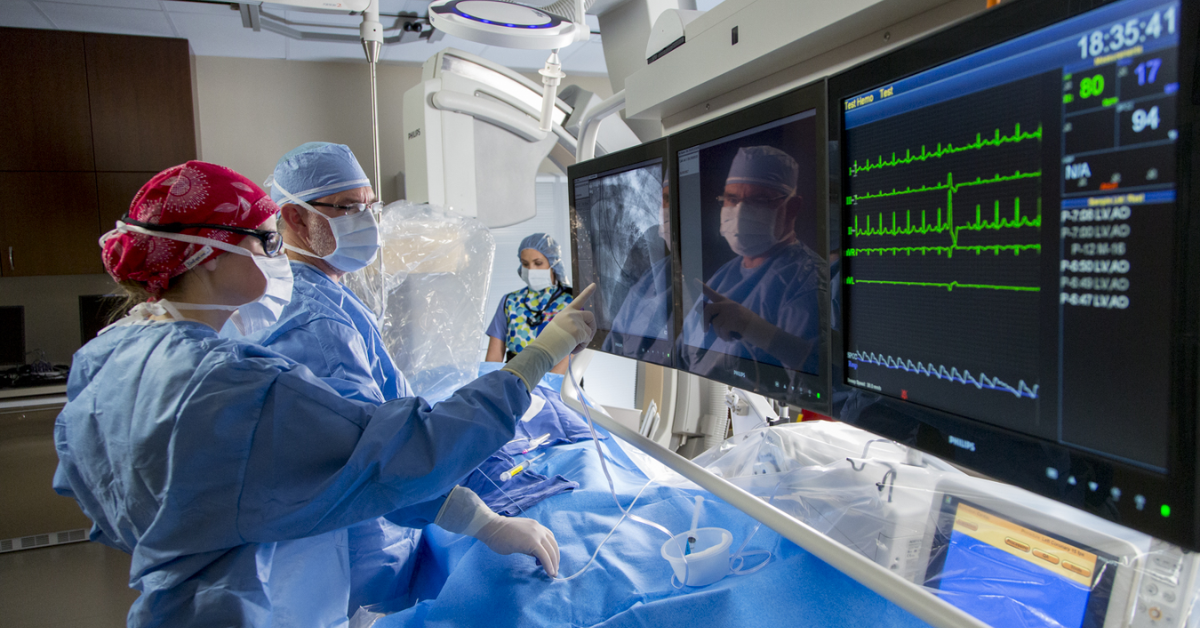
EHRs and their contribution to the physician burnout crisis
Computerized physician order entry (CPOE) and electronic health records (EHRs) were designed to improve the quality of care and increase access to patient data. Instead, they’ve become a factor in the acceleration of physician burnout rates.
In 2016, Mayo Clinic Proceedings published a study on the relationship between clerical workload and the electronic environment with physician burnout and job satisfaction. Of the 6,375 physicians surveyed, 5,389 (84.5%) reported using EHRs and 4,858 (82.5%) reported using CPOE. Those that used both EHRs and CPOE were less likely to be satisfied with the amount of time spent on clerical tasks and faced a higher risk of burnout.
 A similar study conducted by RAND Health on behalf of the American Medical Association (AMA) provides some insight into the aspects of EHR that are particularly painstaking for physicians. Complicated interfaces, time-consuming data entry, interference with personalized patient care, inability to share patient information across different EHR programs, and the breakdown of clinical documentation were all sources of dissatisfaction.
A similar study conducted by RAND Health on behalf of the American Medical Association (AMA) provides some insight into the aspects of EHR that are particularly painstaking for physicians. Complicated interfaces, time-consuming data entry, interference with personalized patient care, inability to share patient information across different EHR programs, and the breakdown of clinical documentation were all sources of dissatisfaction.
Despite the negative impact these systems have had on physicians across all specialties, many actually approve of EHRs and CPOE in concept. In the practices studied, physicians liked that they have the ability to remotely access patient information and they feel that EHRs have the potential to improve care and professional satisfaction in the future. In fact, with better technology, a user-friendly interface, and a more efficient workflow, EHRs and CPOE could one day be useful tools in reversing rates of physician burnout.
Starting to feel burned out at your full-time gig? At CardioSolution, we pride ourselves on providing our physicians with greater work/life balance. Click here for more information on who we are and what we do.
 company
company 
 (866) 755-7519
(866) 755-7519












